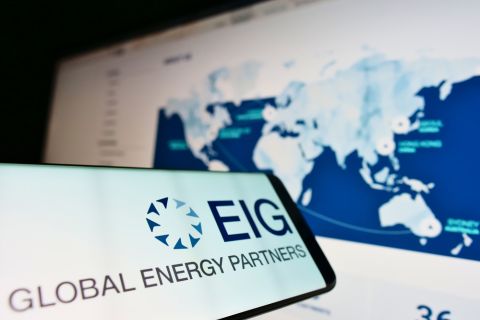
Editor's Note: This article originally appeared in the March 2016 edition of Midstream Business.
Diversifying into the downstream makes sense from a strategic perspective, but the economics are lacking for most players to build a refinery from scratch.
That’s why the recent deal for ArcLight Capital Partners and Freepoint Commodities to purchase the moth-balled Hovensa refinery complex in St. Croix, U.S. Virgin Islands, has intrigued so many in the industry.
The 2,000-acre facility, with docks that jut into Limetree Bay and that sits just across the road from the Captain Morgan Rum Distillery, houses about 32 million barrels (bbl) of crude and petroleum product storage, refining units with a peak capacity of 650,000 barrels per day (bbl/d), a deepwater port with nine docks, six tugboats and other related equipment. It was closed in 2012 and purchased during a bankruptcy auction for $190 million.
“They’ve indicated that with a couple hundred million dollars of investment, they can make that facility work as a terminal to receive crude from various parts of the world, blend it and then send it over to other parts of the world to be refined later,” Greg Haas, director with Stratas Advisors, told Midstream Business. “It will become a new hub, and a very important new hub in the Caribbean area.”
The Limetree Bay Terminals project already has a major customer waiting when it relaunches operations. China Petroleum and Chemical Corp. (Sinopec) the Chinese oil company, has taken a 10-year lease for 10 million bbl, or about 75% of crude oil storage capacity. Sinopec’s eagerness to sign on enabled ArcLight and Freepoint to purchase the facility.
“One way [to diversify] in low-price environments is to find existing facilities so that you can make small incremental investments and repurpose facilities into new uses,” he said. “It had been a refining site, it’ll now be a crude oil blending terminal, and it’s under long-term contract even through these prices.”
Sinopec’s motivation comes from its production deal with Venezuela. The company needed a terminal to blend, ship and load the crude and the former Hovensa plant became available.
“ArcLight is helping to make that happen on U.S. soil, rather than Venezuela or other nations that could have potentially put together a package to serve as China’s shipping grounds,” Haas said.
ArcLight and Freepoint will reportedly spend more than $300 million to purchase the site and bring storage tanks back into service in batches throughout this year. Fully repurposing the facility would cost quite a bit more if the partners choose to do that, but the cost will still be miniscule compared to building such a complex from the ground up.
For example, the latest cost estimate for Kuwait’s full-service Al-Zour refinery, scheduled to open in 2019 with a capacity of 615,000 bbl/d (similar to Hovensa) is $16 billion. Even for ArcLight, that might be a bit much. In the 15 years of its existence, the sum of ArcLight’s investments in some 90 projects totals less than $14 billion.
Recommended Reading
Matador Hoards Dry Powder for Potential M&A, Adds Delaware Acreage
2024-04-24 - Delaware-focused E&P Matador Resources is growing oil production, expanding midstream capacity, keeping debt low and hunting for M&A opportunities.
TotalEnergies, Vanguard Renewables Form RNG JV in US
2024-04-24 - Total Energies and Vanguard Renewable’s equally owned joint venture initially aims to advance 10 RNG projects into construction during the next 12 months.
Ithaca Energy to Buy Eni's UK Assets in $938MM North Sea Deal
2024-04-23 - Eni, one of Italy's biggest energy companies, will transfer its U.K. business in exchange for 38.5% of Ithaca's share capital, while the existing Ithaca Energy shareholders will own the remaining 61.5% of the combined group.
EIG’s MidOcean Closes Purchase of 20% Stake in Peru LNG
2024-04-23 - MidOcean Energy’s deal for SK Earthon’s Peru LNG follows a March deal to purchase Tokyo Gas’ LNG interests in Australia.
Marketed: Stone Hill Minerals Holdings 95 Well Package in Colorado
2024-02-28 - Stone Hill Minerals Holdings has retained EnergyNet for the sale of a D-J Basin 95 well package in Weld County, Colorado.




